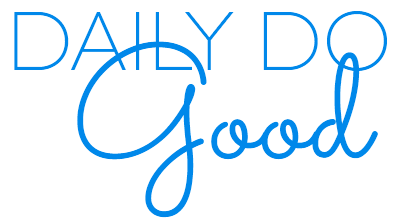Horses Help Along Life's Path
The first thing you need to know about hippotherapy is that it has absolutely nothing to do with hippopatomi. That would be the opposite of therapeutic.
The hippo emerged from the water feet away from the boat during an African river tour.
According to the American Hippotherapy Association, “Hippotherapy is a physical, occupational or speech and language therapy treatment strategy that utilizes equine movement.”
Great and Small Therapeutic Riding in Boyd, Md. provides hippotherapy as well as riding therapy for children and adults with physical and emotional disabilities. The facility recently received a PATH – Professional Association of Therapeutic Horsemanship – accreditation.
“The horse’s movement provides sensory input and gives the clients a heightened sense of arousal so they can get their optimum speech,” said Megan Ferry, program director. “And it’s fun. It’s a lot more fun to work on speech goals sitting on a horse than sitting at a table.”
Duckie, a hippotherapy horse, is warmed up before a session
The clients at Great and Small have a variety of challenges. About 50 percent are autistic, Megan said. For clients who have trouble bonding with other people, a horse can provide the first step to building social connections.
“It’s easier to read a horse’s body language than a human facial expression,” she said.
“It’s an amazing connection the horses have with the kids and the kids with the horses,” said instructor Peggy Itrich.
Most of the horses at Great and Small are on long-term loan. Megan said there’s not typically enough money to purchase.
Therapeutic riding horses must be specially trained. They have to be physically fit and well behaved. At Great and Small, the horses undergo a 90-day trial period in which they are exposed to a variety of obstacles, including poles, rings and balls, and in which their temperaments and movements are closely observed.
The tack room
For those with physical disabilities, riding can help develop core and muscle strength, as well as balance and posture. The psychological benefits abound as well.
“When any of our kids get on a horse, it gives them a sense of independence and being in charge, whether they can lead or not,” Peggy said.
And it’s not only the clients who benefit. Linda, who has been volunteering at Great and Small since 2011, said she finds the simple act of viewing the interactions between horse and rider to be therapeutic.
“It’s amazing to see how they interact with the kids,” she said. “It’s probably the most rewarding thing I’ve ever done, especially when the horses haven’t been rolling in the mud.”
Volunteers Linda and Debbie brush Buttercup, a therapeutic riding horse



